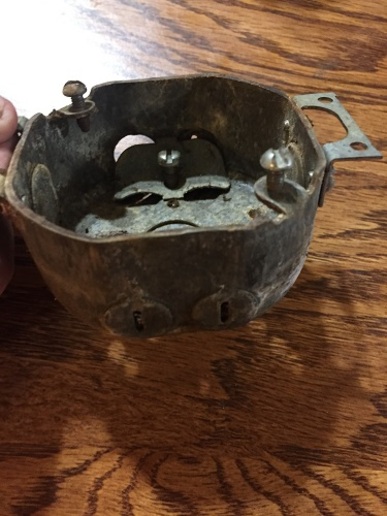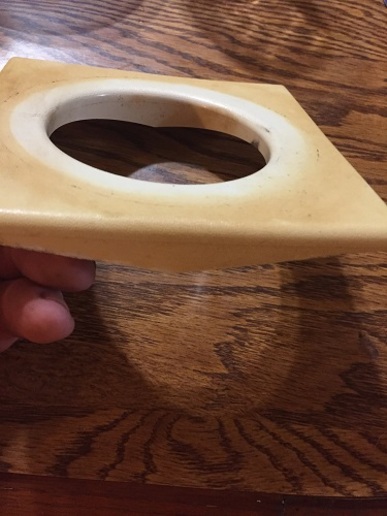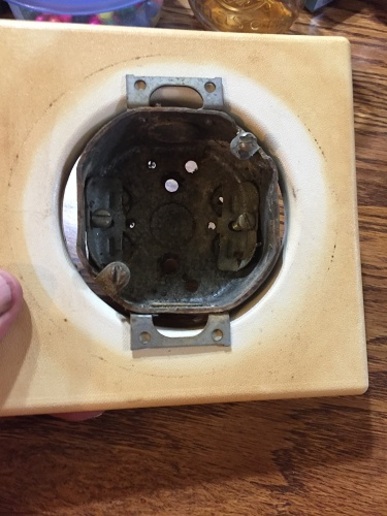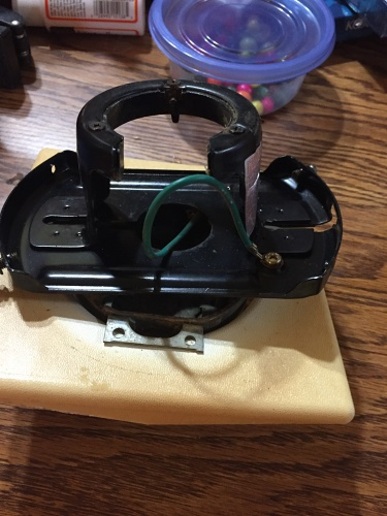john in la
Well-known Member
The ceiling fan / light in my bedroom would not come on.
I traced power from the fuse box to the light and found a broken hot at the light fixture.
It seems the electrical box was screwed into the ceiling.
The screws worked them self loose over the years from the fan motion.
This fan motion also bent the wire back and forth and over time broke the wire.
The problem is the wire is broken off up in the ceiling with no slack in the wire.
I do not see any way to repair this other than tearing all the sheet rock down.
It is a vaulted ceiling so there is no attic access from above.
Any ideas?????
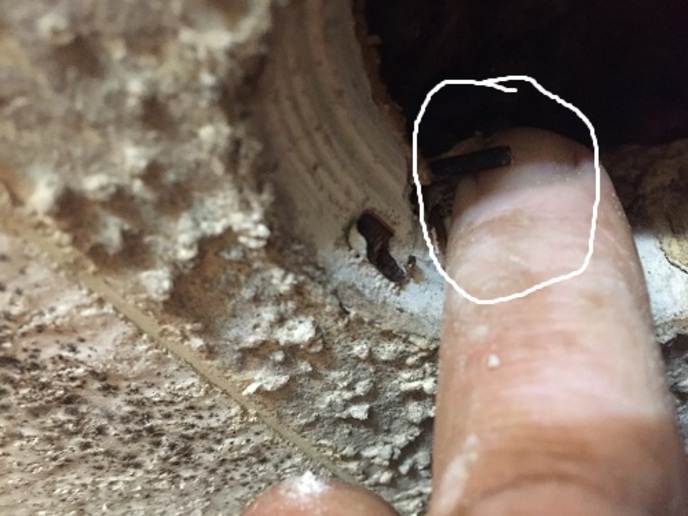
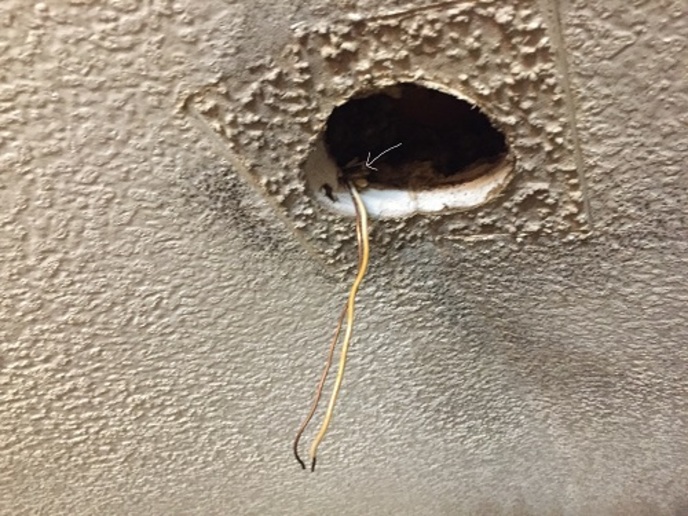
I traced power from the fuse box to the light and found a broken hot at the light fixture.
It seems the electrical box was screwed into the ceiling.
The screws worked them self loose over the years from the fan motion.
This fan motion also bent the wire back and forth and over time broke the wire.
The problem is the wire is broken off up in the ceiling with no slack in the wire.
I do not see any way to repair this other than tearing all the sheet rock down.
It is a vaulted ceiling so there is no attic access from above.
Any ideas?????




